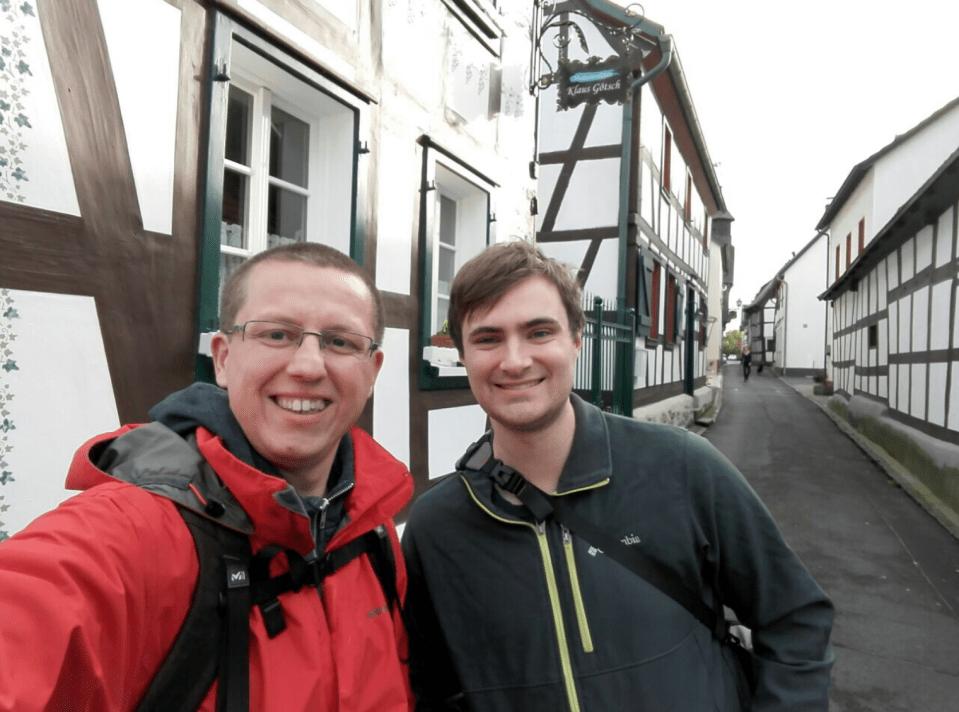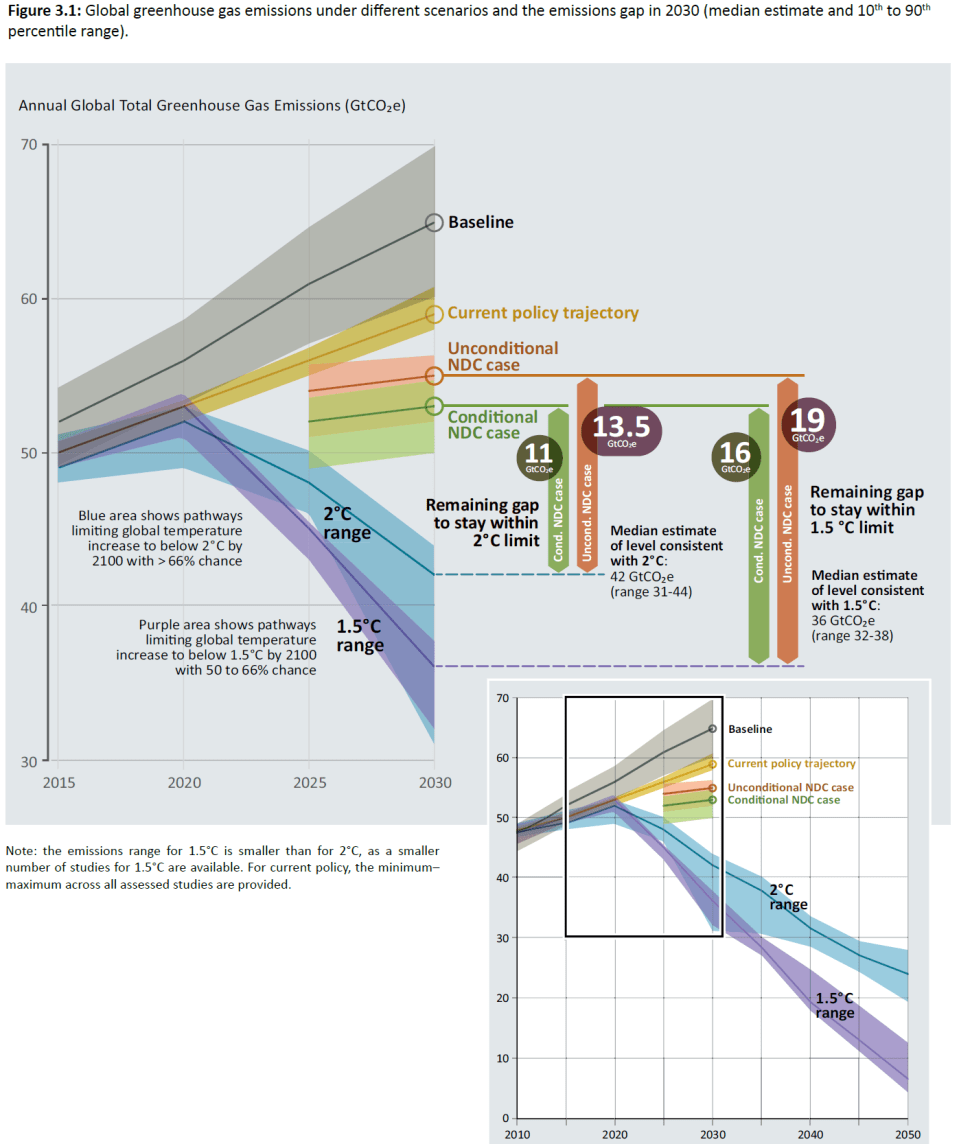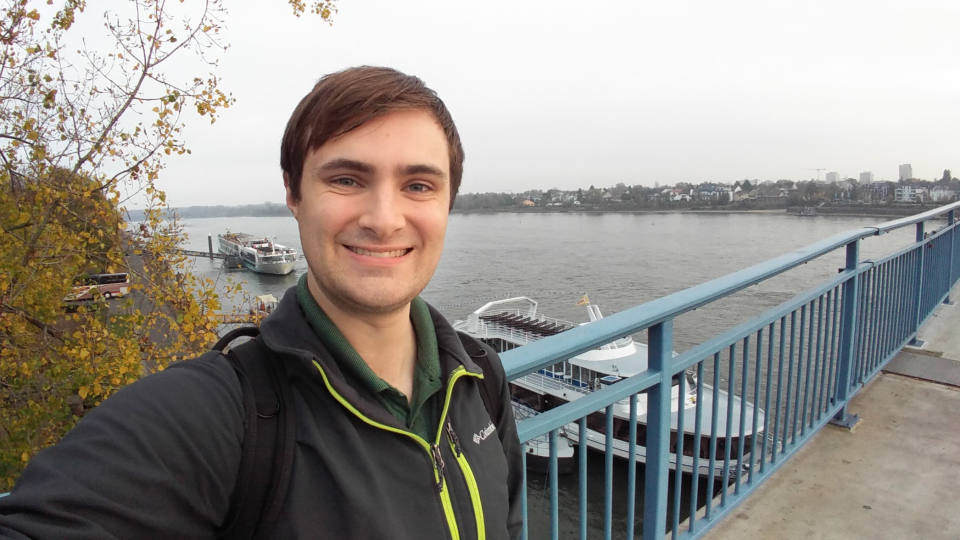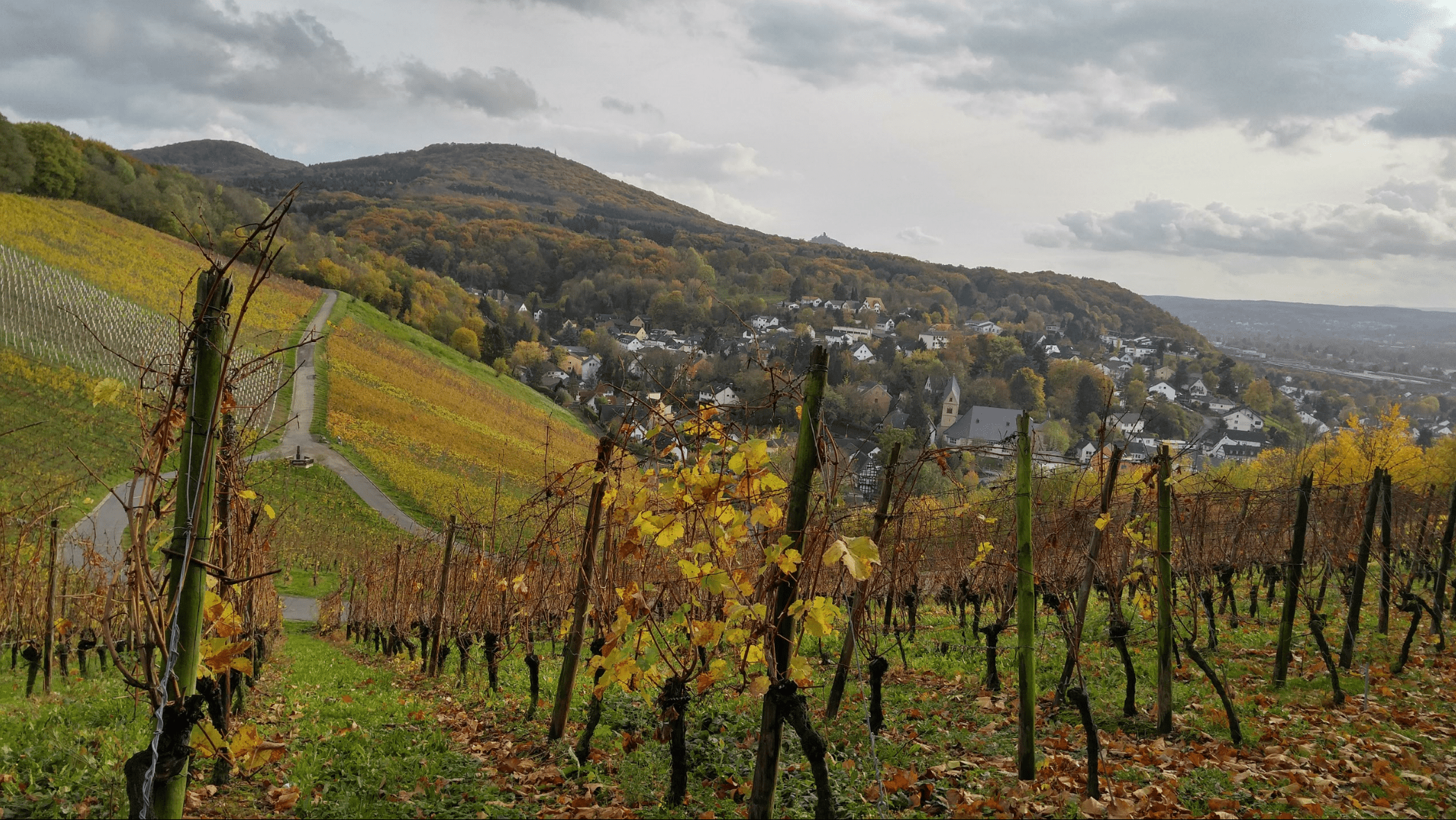Greetings from Bonn, Germany! I’m here from November 4th through 12th to take part in the 23rd annual United Nations Climate Change Conference, which kicks off on Monday. After a grueling 12-hour bus ride from Copenhagen to Bonn, I’m safely settled in with my couch-surfing host Sebastian and busy getting ready for the conference.

I thought I’d kick off my week of reporting on the conference by answering a few frequently asked questions about it:
- What is the UN Climate Change Conference?
It’s an annual gathering of delegates from 195 countries who seek to implement the UN Framework Convention on Climate Change (UNFCCC), signed at the Rio “Earth” Summit in 1992 (it entered into force in 1994 and meetings began in 1995).In addition to the official delegates, tens of thousands of people participate in various ways over the course of the conference (November 6-17). Some people are here to protest and call for more radical action to curb climate change; others are here as stakeholders from civil society, businesses, and indigenous communities to present their ideas for combatting climate change. Others are simply here to learn from these groups, report on what’s going on, and network with other organizations working on similar issues.

- What is the structure of the conference?
The conference will take place on two separate tracks: The official negotiations will take place in the so-called “Bula Zone” over the two weeks, while in the separate “Bonn Zone” NGOs, businesses, and other stakeholders will hold events and exhibitions on climate research and strategies.
This year’s conference is hosted by the government of Fiji and its prime minister, Frank Bainimarama. Most years the conference happens in the country that is hosting it, but since Fiji lacks the capacity to host the tens of thousands of anticipated attendees it decided to partner with the government of Germany to hold the conference at the UN Climate Secretariat in Bonn.As an island nation that risks being severely flooded under “business as usual” climate scenarios, Fiji’s president intends to stress the importance of developed countries setting more aggressive CO2 reduction targets, developing implementation guidelines for the Paris Agreement signed at the conclusion of COP 21 in 2015, and moving towards the goal of $100 billion in climate adaptation and mitigation financing provided to developing countries annually by 2020. - What will you be doing there?
I will be serving as an official observer of the negotiations for the Center for Sustainable Economy, so I will have access to the open meetings that take place in the “Bula” zone as well as the exhibitions and events occurring in the “Bonn” zone. While I haven’t quite finalized my schedule as of yet, I’ll be splitting my time between listening to delegates and negotiators discuss their countries’ expectations when it comes to the climate talks and interfacing with NGOs and businesses discussing their research and body of work on reducing greenhouse gases. - Do these meetings actually accomplish anything?
At first glance, twenty-two years and counting of climate negotiations appear to have yielded little in terms of concrete results. The closest thing to progress was in 2015 when the world signed the “Paris Agreement” at COP 21, which set a target of keeping global warming to 2 degrees Celsius or, ideally, 1.5 degrees Celcius, and under which countries submit voluntary plans for reducing emissions (called “nationally determined contributions,” or NDCs). This agreement was the cumulative result of all the previous COPs.
There are a lot of problems with the Paris Agreement. For starters, it is a non-binding agreement, and even if all the nationally determined contributions are achieved, the world would still miss the 2 degrees Celcius target, as the latest “Emissions Gap” report by UNEP shows. But the point is that countries are discussing climate issues, and progress can only come when decision makers are sitting down at the table together.
The “Emissions Gap” report by UNEP indicates current nationally determined contributions will be insufficient to stay beneath 2 degrees Celsius of warming. (Source: UNEP 2017, xvii)
- What effect does Trump pulling out of the Paris Agreement have on the conference?
To be determined. Technically the US can’t withdraw from the agreement until 2020, so until then it will still have delegates participating in the discussions around implementation. That being said, Trump and his EPA chief Scott Pruitt have been actively dismantling the Obama-era “Clean Power Plan” which fulfilled the United States’ emissions reduction targets. Individual states are picking up some of that abdicated federal leadership on emissions reductions, but it likely won’t be enough to offset the loss of the Clean Power Plan. We will see whether other countries step up their efforts to lead the international community on these issues, such as China and Germany. - What will a successful COP 23 look like?
Ultimately, the success or failure of COP 23 will likely be judged by Fiji’s ability to force developed countries to adopt rigorous implementation guidelines for the Paris Agreement, begin to formulate much more aggressive nationally determined contributions looking ahead to 2020, and making progress on securing climate funding for developing countries.
I’ll be the first to admit that the global political response to address climate change has been severely lacking, especially in light of the overwhelming scientific consensus on it’s causes and the pathways towards mitigation. My short answer to the question “Do these conferences do anything?” is yes, they do, but international agreements are only as strong as their weakest link. Getting the entire world in a room to discuss any issue is bound to run into complications, and it’s just a fact of international politics that different countries have different agendas to pursue. We’ll see whether Fiji’s leadership can bring them more into alignment.


– – – – –
Thanks for visiting aarondanowski.com! Leave you comments below, and be sure to stay up to date on my travels by clicking on the “Following” button on the right hand side of your page.
